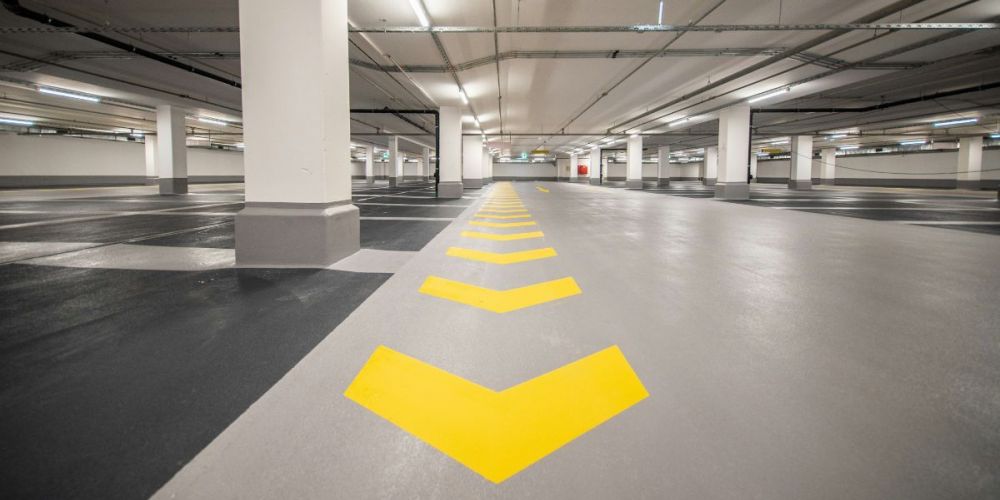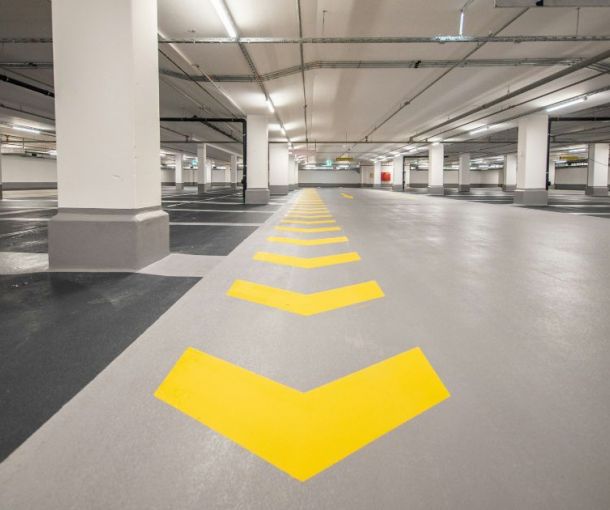
7 Smart Ways to Improve Visitor Parking Solutions in Your Building
Visitor parking is an increasing challenge for many residential and mixed-use buildings. As urban density grows and car ownership stays consistent, both residents and their guests are finding it harder to access available parking. A well-managed visitor parking system can significantly boost resident satisfaction, improve building security, and simplify access for short-term guests and service providers.
According to the Property Council of Australia, apartment dwellers collectively spend over $6 billion on unused off-street parking spaces—highlighting a clear mismatch between parking supply and actual demand. The Council recommends unbundling visitor parking from residential allocations and adopting smart booking systems to optimise usage and reduce resident frustration.
In this article, we explore seven smart ways to modernise your building’s visitor parking management.
1. Introduce a Digital Parking Permit System
Gone are the days of manual sign-in books or printed passes. A digital parking permit system allows residents or concierge teams to allocate visitor spots through an app or cloud-based platform.
Benefits of going digital can include:
- Time-stamped digital records for security
- Instant permit approval and expiry controls
- Reduced risk of misuse or overbooking
Many of these tools integrate with broader building management platforms. For example, visitor parking can be managed alongside other digital bookings like amenities, see 4 Ways to Enhance Tenant Experience with Amenity Booking Tools.
2. Allocate Clearly Marked and Signposted Visitor Bays
Clear signage and ground markings prevent confusion and ensure guests know where to park. Signs should include permit instructions, time limits, and contact details for onsite management.
Consider adding:
- Directional arrows or maps at entry
- Visitor-specific bay numbering
- Reminders for max parking durations
Buildings.com advises using digital and physical signage techniques, such as floor-embedded directional symbols, ceiling-mounted signs, and LED-lit wayfinding to guide drivers efficiently and safely to visitor bays. Their insight highlights how a blend of visual cues and clear parking rules enhances user experience and reduces bottlenecks, directly supporting your recommendations.
These small changes can drastically reduce frustration, especially in high-rise apartment complexes with shared facilities.
3. Implement a Visitor Parking App or Portal
An integrated visitor parking app or tenant portal can give residents more control over visitor access. Features to look for:
- Booking requests and approvals
- Real-time space availability
- Access history and notifications
Modern building ecosystems can leverage cloud‑based smart‑parking systems that feature sensor-enabled apps for booking, wayfinding, and pass issuance. These platforms centralise control, alert residents in real-time about space availability, and streamline visitor access with minimal manual intervention.
Integrating this with parking access control helps automate the experience, reduce administrative overhead, and prevent unauthorised use.
4. Use Access Control to Prevent Misuse
Too often, building visitor parking bays are misused by residents or third-party tenants. Implementing parking access control solutions such as number plate recognition or QR codes can help limit abuse.
You may also:
- Limit entry hours based on booking windows
- Use boom gates or automated bollards
- Assign rotating codes for regular contractors
For broader tech integrations like smart fobs and digital keys, see The Evolution of Building Access Systems from Keycards to Smart Tech.
5. Monitor and Track Parking Data
Using software that logs bookings, entries, and durations allows management to assess parking demand and resolve disputes.
Useful metrics to track:
- Number of visitors per unit per month
- Peak times for visitor arrivals
- Duration of typical parking stays
Deloitte’s Future of Parking insight highlights that modern parking ecosystems rely on sensor-driven occupancy tracking paired with dynamic data analysis. Management dashboards provide real-time and historical usage patterns.
This kind of apartment parking management is crucial in strata buildings where common areas must be fairly distributed.
6. Set Clear Visitor Parking Rules and Communicate Them
Digital solutions only work when paired with clear policies. Make sure residents are aware of parking rules, durations, limits per apartment, and booking procedures.
Deliver this through:
- Onboarding kits for new tenants
- Building-wide announcements
- Clear in-app booking instructions
Propmodo cautions that even the smartest parking tools fail without transparent policy communication. In a feature on holiday peak parking, they stress the importance of informing residents about parking spots, permit rules, and booking channels, backed by signage and digital reminders to prevent gate crashes and ensure smooth operations.
Consistent communication reduces confusion and builds trust between management and tenants.
7. Integrate Visitor Parking Into Overall Building Systems
Residential parking systems work best when they’re not standalone. An integrated approach saves time, improves data accuracy, and reduces duplicate tasks for concierge or strata teams.
For example:
- Combine parking data with security logs
- Sync with contractor or maintenance bookings
- Allow bookings via a tenant portal or building app
This system-wide approach is aligned with how MYBOS helps buildings centralise operations.
Smart Cities Dive underscores that truly “smart” parking systems must be integrated into broader building technologies. They emphasise more centralised management, avoiding siloed systems, and ensuring that parking data, enforcement, payments, and access control all reside in one unified platform, eliminating fragmented operations and boosting efficiency across the board.
Key Takeaways to Upgrade Visitor Parking for a Better Resident Experience
As buildings grow in size and complexity, so do the expectations around convenience and accessibility. Enhancing your visitor parking approach is a simple yet effective way to meet those expectations and future-proof your property.
Improving visitor parking doesn’t have to be a major overhaul—it’s often about smart planning, clear communication, and leveraging the right tools. By implementing even a few of the strategies covered in this article, building managers can significantly reduce confusion, streamline parking access, and create a better experience for both residents and their guests.
Looking to upgrade your building’s approach? Book a demo to discover how MYBOS simplifies visitor management, amenity bookings, access control, and much more, all in one intuitive platform.







